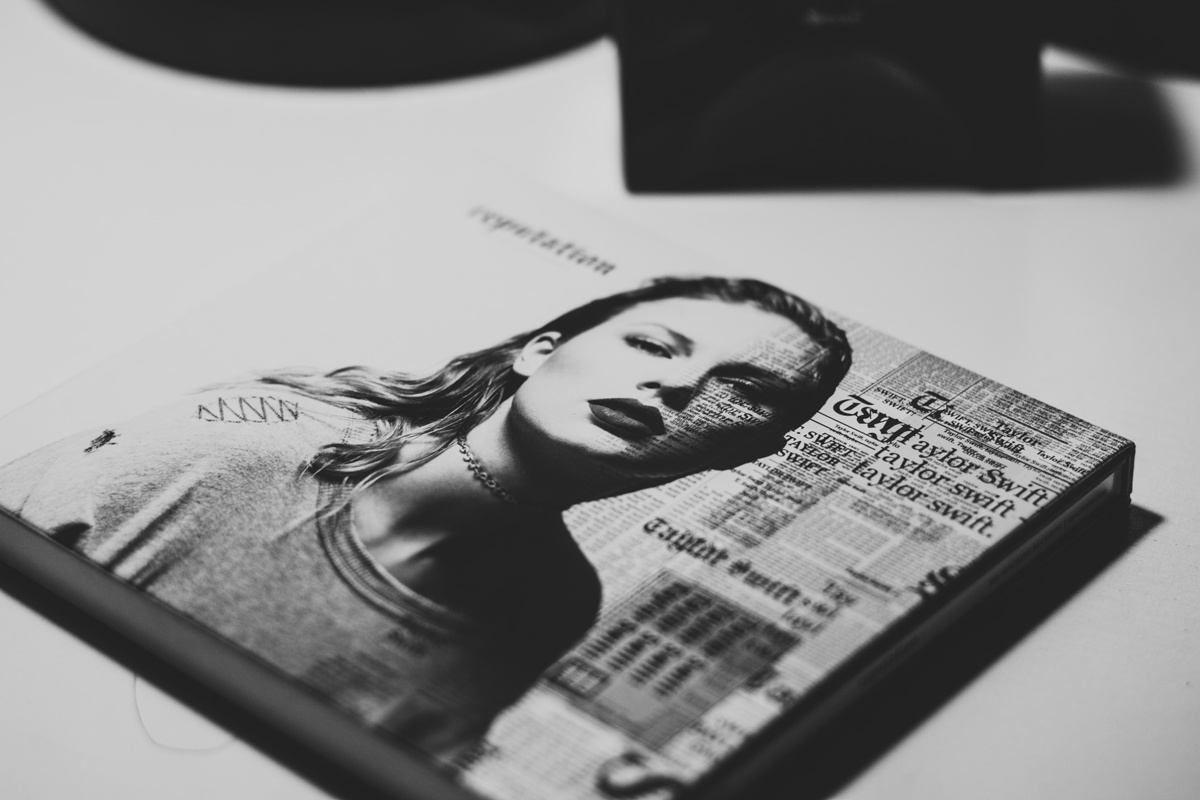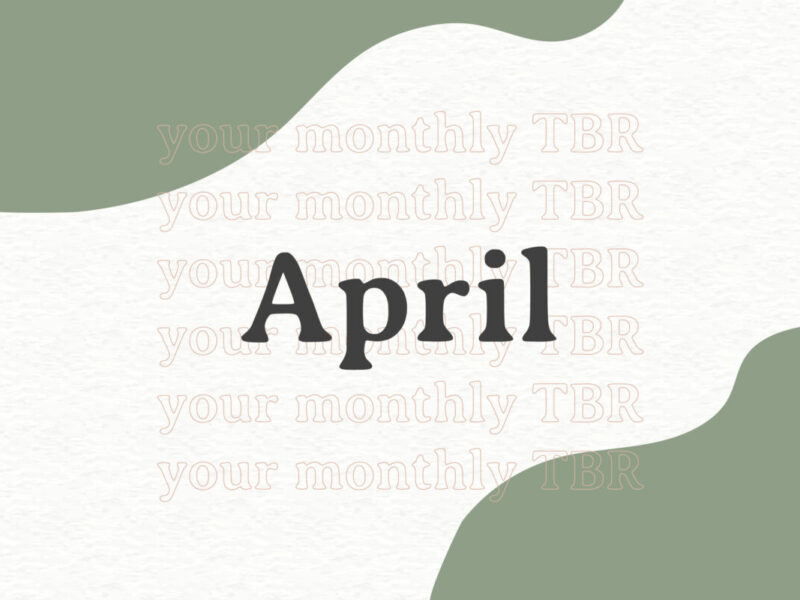Poetry Pairings: Taylor Swift Album Edition
With the release of Taylor Swift’s ninth studio album, evermore, the multi-genre musician has further cemented herself as a star songwriter. From “dorothea,” an exercise in voice, characterization, and fictional storytelling, to the emotional highs and lows of “champagne problems,” many tracks on the record have garnered comparisons to poetry.
In fact, Swift has written original poetry as part of several album releases, as well as referenced William Wordsworth and Emily Dickinson on folklore and evermore, respectively. These eight poetry collections connect to the imagery and lyricism of her albums.
1. Taylor Swift and No Place Like Home: Notes from a Western Life by Linda M. Hasselstrom
Taylor Swift shows the accomplished singer at her newcomer beginnings, back when country twang laced every tune. In No Place Like Home: Notes from a Western Life, Hasselstrom writes about small-town ranch living. The pickup truck on “Picture to Burn” and Georgia sky on “Tim McGraw” channel similar landscapes.
2. Fearless and Disenchantments: An Anthology of Modern Fairy Tale Poetry
Fearless is Taylor Swift at the height of her iconic fairy tale imagery. The Romeo and Juliet influence on “Love Story,” the allusions to classic tropes on “White Horse,” and her music video aesthetic throughout this era all play with modern interpretations of classic storytelling. Disenchantments does the same, retelling Snow White, Rapunzel, and more in new, creative ways.
3. Speak Now and Dear Girl by Aija Mayrock
Speak Now can be interpreted as Swift’s true coming of age album. There’s “Never Grow Up,” which speaks to a mix of loneliness and freedom upon moving out of a childhood home, and the epic “Dear John,” which chronicles a first adult experience with heartbreak. Mayrock describes Dear Girl as a journey from “girlhood to womanhood,” a complex, emotional transition that mirrors Speak Now.
4. Red and Bluets by Maggie Nelson
“Suppose I were to begin by saying that I had fallen in love with a color,” Nelson muses in her lyrical essay collection Bluets. Though Red takes inspiration from a different primary hue, the two works of art explore heartache and longing through the same type of metaphor system. Often seen as Swift’s true breakup album, Red has achieved cult classic status—much like Bluets. Reading Bluets is truly an immersive experience, with each poem acting as a new, desperate attempt to overcome devastating heartbreak. Most songs on Red play a similar, diaristic role.
5. 1989 and Fast Speaking Woman by Anne Waldman
1989 transports the listener to New York City and Swift’s foray into its bustling, open-minded lifestyle. Therefore, it’s only appropriate to pair the singer’s pop debut with a collection from a New York School poet. Waldman calls the poems in this collection “chants,” an anthem-esque word echoed by catchy, high-energy songs like “Welcome to New York” and “I Know Places.”
6. reputation and Ariel by Sylvia Plath
At its core, reputation is an album about duality. The record starts with revenge and anger—recall a stone-faced Swift in a bathtub full of diamonds in the “Look What You Made Me Do” music video—but evolves into an album about new love and rebirth with the gentle “Call It What You Want” and hopeful, yet bittersweet closer “New Year’s Day.” Ariel occupies a similar space thematically. “Out of the ash / I rise with my red hair / And I eat men like air,” Plath declares in the famed poem “Lady Lazarus.” Just as Swift proclaims the death of her past self on Reputation, Ariel explores regeneration, bitterness, and even violence. Despite the collection’s edge, however, joyful poems hide beneath its cover.
7. Lover and Love Poems by Pablo Neruda
The album art for Lover portrays Swift in a sky of cerulean and cotton candy pink. Similarly, Love Poems has a pink cover, appropriate for poems about the heart and its many yearnings. Neruda wrote Love Poems on the island of Capri, where he sought refuge with partner Matilde Urrutia. Lover also finds Swift relying on love as an escape from the outside world, from the intimate titular single to “Miss Americana and the Heartbreak Prince,” a love song with a tumultuous backdrop of toxic masculinity and politics. Lastly, Love Poems scandalized audiences upon publication due to its sensual content. Lover shows a rare side of Swift—she celebrates sexuality with the jazz slow jam “False God.”
8. folklore and Wild Embers by Nikita Gill
“They should have checked the ashes / of the women they burned alive. / Because it takes a single wild ember / to a bring a wildfire to life,” writes Gill in her collection Wild Embers. As this quote foreshadows, Folklore returns to the theme of female anger, with subdued but scathing tracks like “mad woman,” “my tears ricochet,” and “hoax.” Wild Embers can be defined largely by mysticism and fable, similar to the folky forest vibes present throughout surprise release folklore.
9. evermore and The Book of Endings by Leslie Harrison
The latest addition to Swift’s catalogue, evermore considers the idea of closure as a major theme. “marjorie,” a tribute to Swift’s grandmother, grapples with grief, “happiness” muses about what’s next after the end of a seven-year relationship, and “evermore” takes the listener on an intense, narrative journey from seemingly unrelenting sorrow to eventual acceptance. The Book of Endings, which was shortlisted for the 2017 National Book Award in Poetry, also contemplates various types of closure, including grief over the death of a family member and a new reality of romantic estrangement. evermore also feels quieter and more reflective than Swift’s earlier albums, acquainting it even more with the hushed, pastoral imagery that graces The Book of Endings.
Lauryn Hill, Frank Ocean, and other musicians frequently remind us of poets. These iconic album poetry pairings celebrate the soulful relationship between literature and song.




